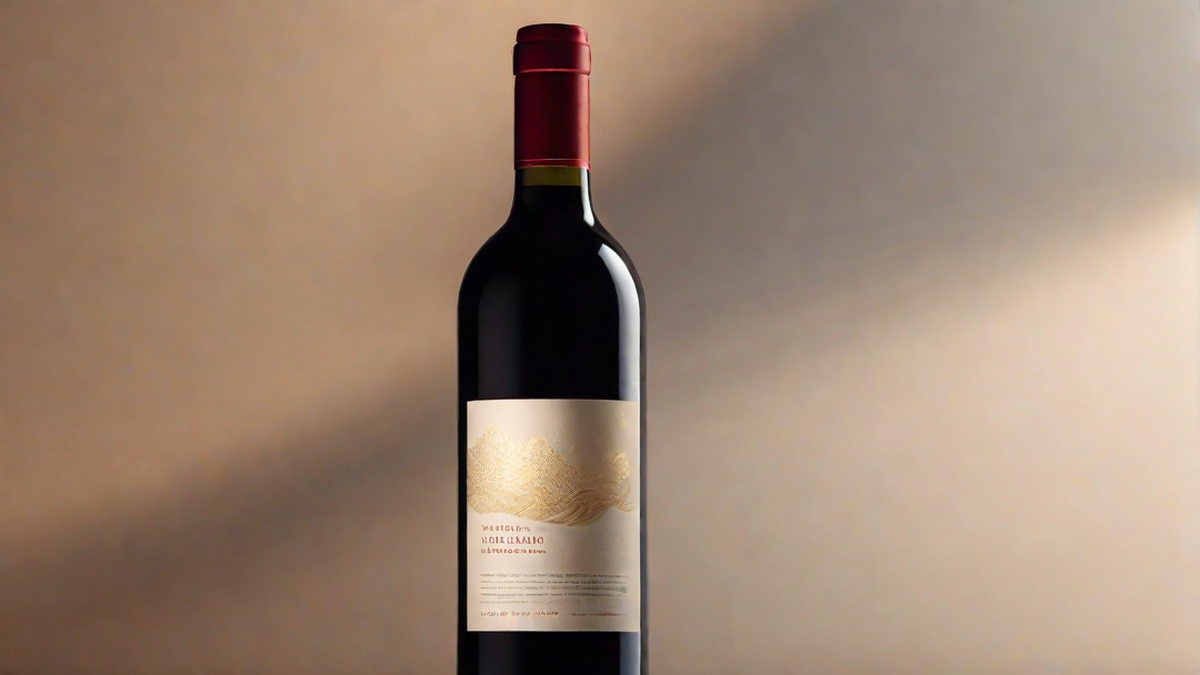Are you ever curious about how much wine fits into a standard wine bottle? I know I am! As someone who adores wine, the details about wine bottle sizes and their measurements always fascinate me. Let’s explore the world of wine bottle dimensions and figure out the precise milliliter volume of an average wine bottle.
The Standard Wine Bottle Size
When it comes to wine, the most commonly used bottle size is the standard 750 milliliters (ml) bottle. This size has become the international standard for still wines, and it’s the size you’ll find on most wine shelves. The 750 ml bottle is a versatile option that holds about 25 fluid ounces or approximately five 5-ounce servings.
But have you ever wondered why 750 ml became the standard size? Well, it all comes down to tradition and practicality. Historically, wine bottles came in various shapes and sizes, but it was during the 18th century in France that the 750 ml size gained popularity. This size was considered ideal for maintaining wine quality and allowing for efficient storage and transportation.
Other Wine Bottle Sizes
While the 750 ml bottle is the most common, there are several other wine bottle sizes that you may come across. These sizes range from smaller all the way up to large formats that are perfect for special occasions or aging wines.
- Split or Half Bottle (375 ml): This size is perfect for a personal serving or when you want to try multiple wines without committing to a full bottle.
- Magnum (1.5 liters): Equivalent to two standard bottles, a magnum is great for celebrations or aging wines as it allows for slower maturation.
- Jeroboam (3 liters): This size is equivalent to four standard bottles and is commonly used for sparkling wines.
- Rehoboam (4.5 liters): This size holds six standard bottles and is often used for Champagne.
- Methuselah (6 liters): Equivalent to eight standard bottles, the Methuselah is perfect for large gatherings and special occasions.
- Salmanazar (9 liters): This size holds twelve standard bottles and is often used for Champagne.
- Nebuchadnezzar (15 liters): Equivalent to twenty standard bottles, the Nebuchadnezzar is a massive bottle that is rarely seen and truly makes a statement.
These larger formats are not only visually impressive but can also enhance the aging process of wines due to the smaller oxygen-to-wine ratio. Opening a large format bottle is a unique experience and adds an element of excitement and grandeur to any occasion.
Conclusion
Whether you’re enjoying a standard 750 ml bottle or indulging in the grandeur of a large format bottle, understanding the different wine bottle sizes can deepen your appreciation for the art of winemaking. So, next time you pour yourself a glass of wine, take a moment to appreciate the attention to detail that goes into choosing the perfect bottle size to preserve and enhance the flavors of the wine.
